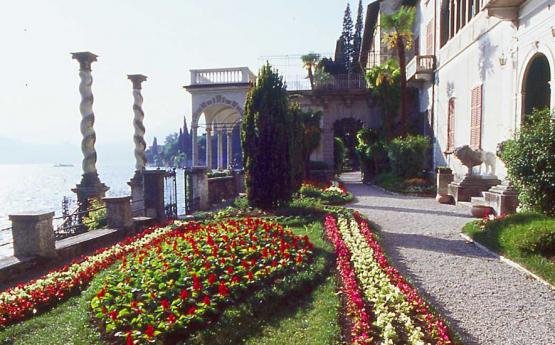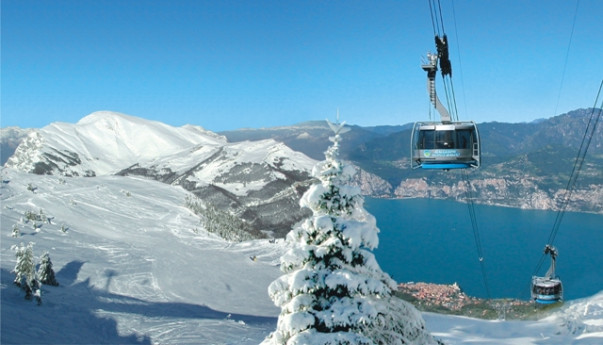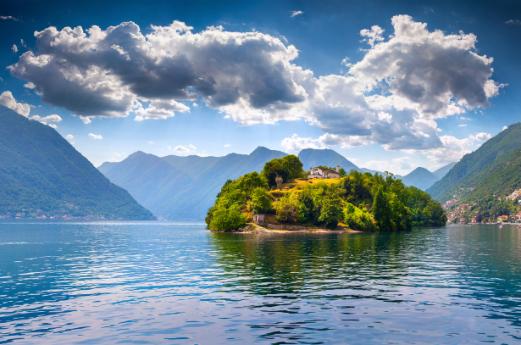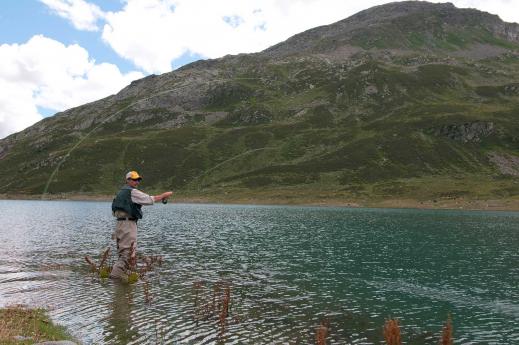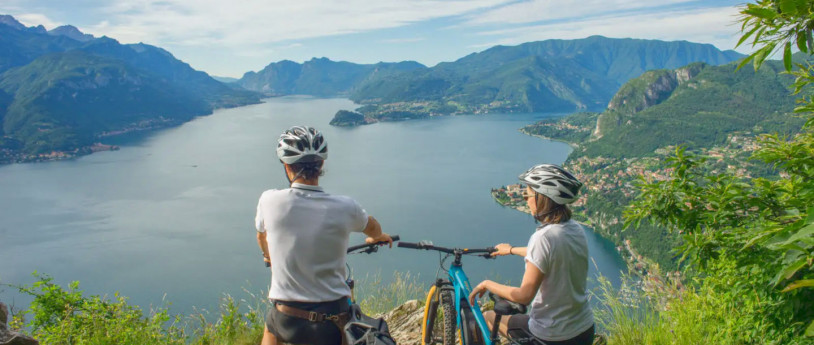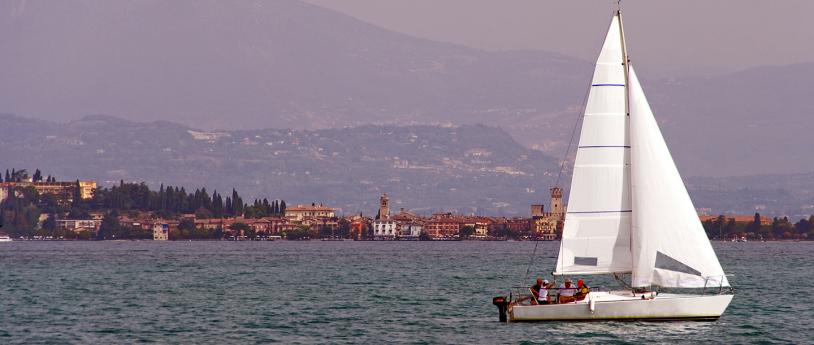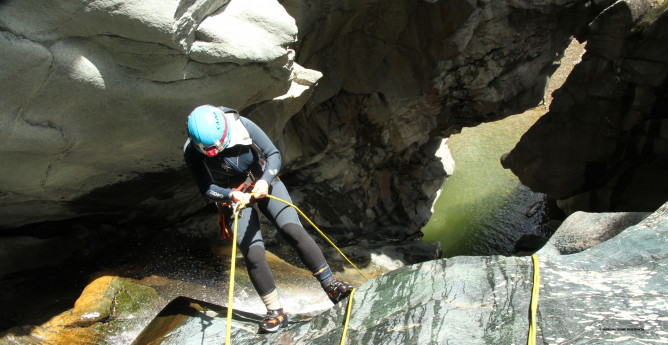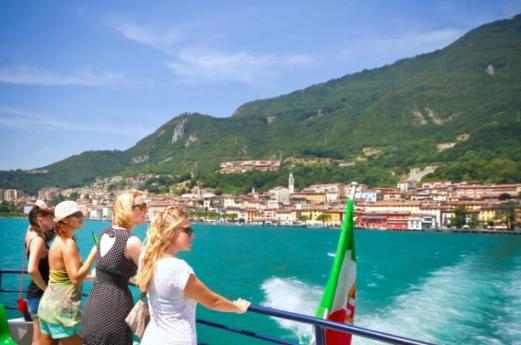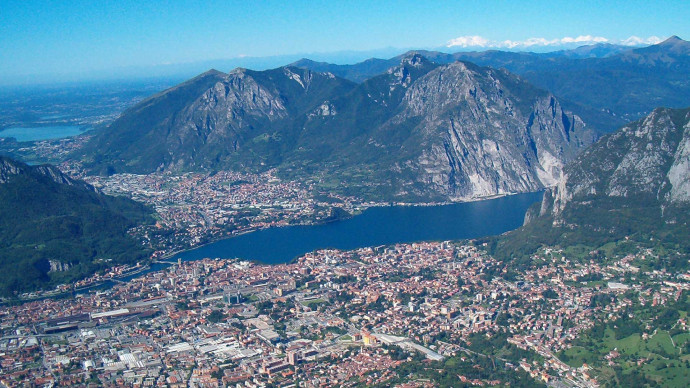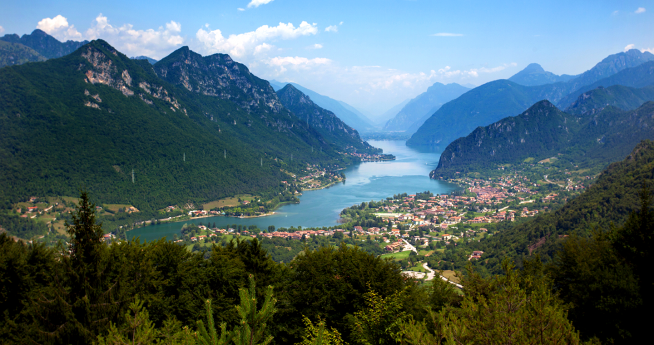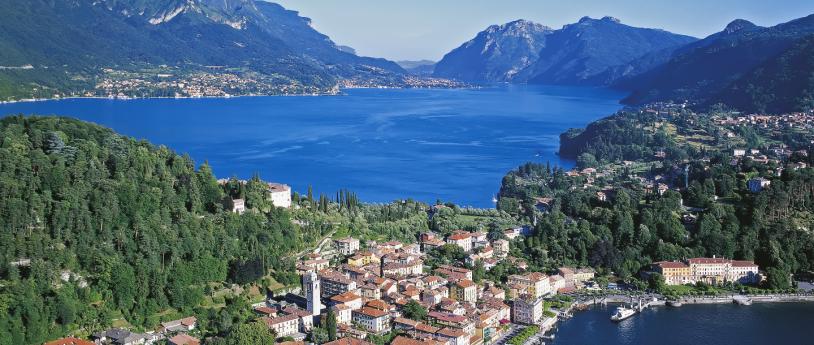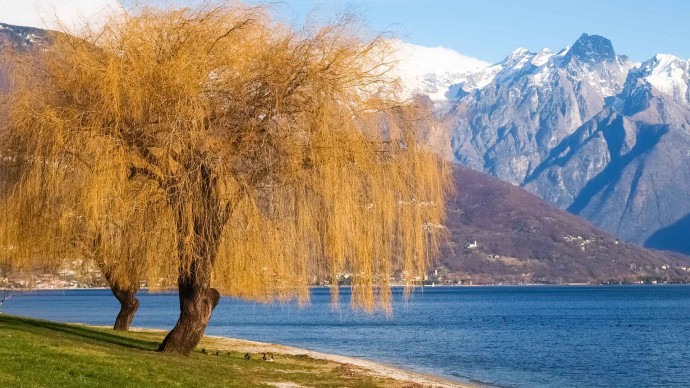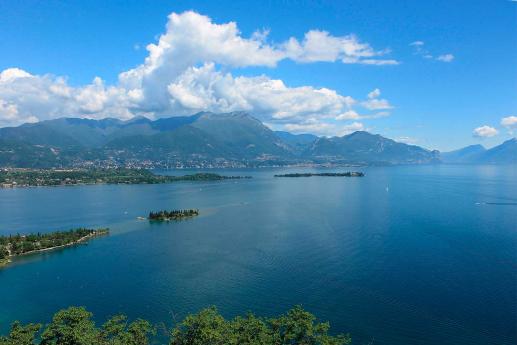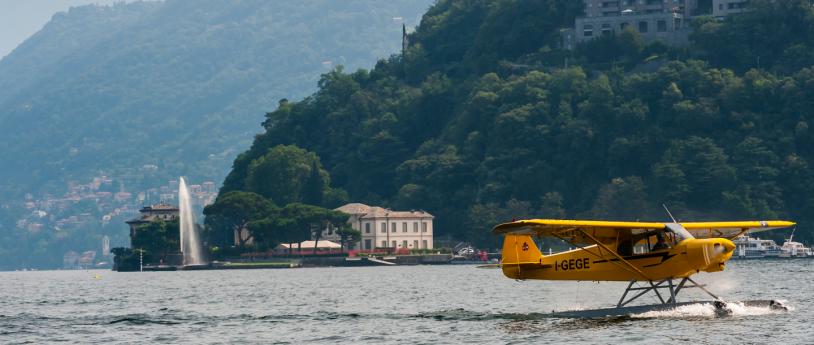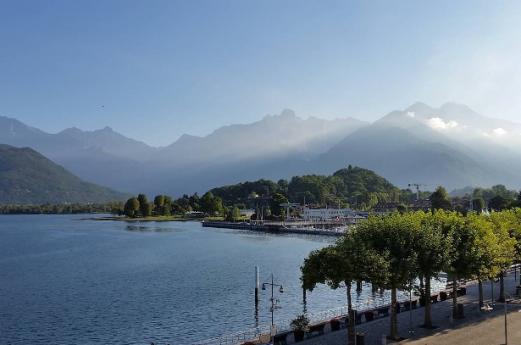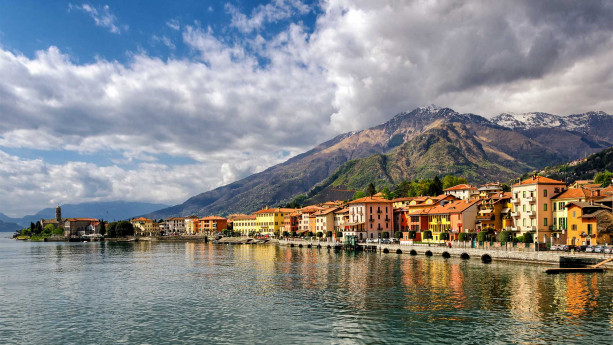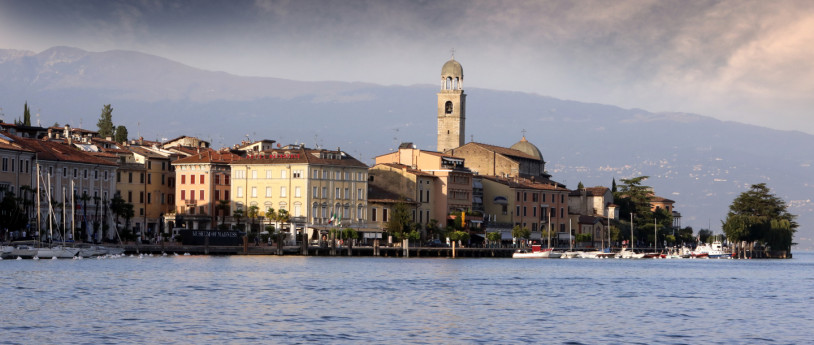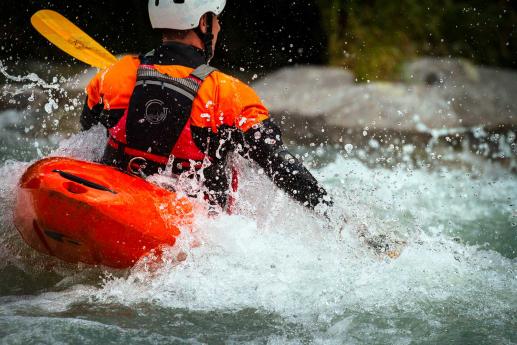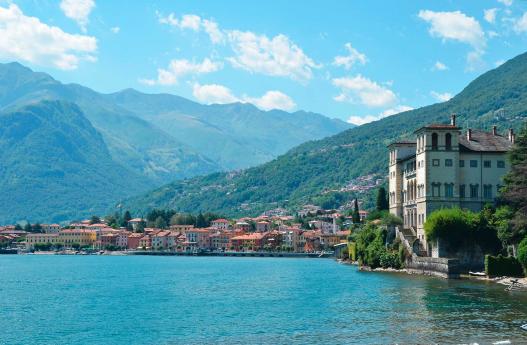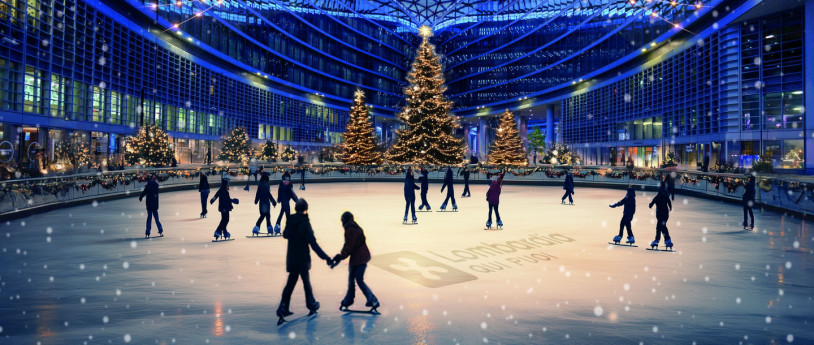- Lakes
Lago di Lugano The Little World of the Past
In the Fifteenth century, the guests of the Mozzoni family departed from the hunting lodge to hunt bears.
In the Sixteenth century, Villa Cicogna Mozzoni, in Besuschio, was enlarged and changed into a sumptuous mansion, embellished by gardens on various levels with an interplay of exteriors and interiors. The descendents of the family continued to run the property, whose garden (full of statues and fountains) can now be visited together with 12 fully frescoed rooms (with furniture and objects of various historical periods). The villa is also used as a concert venue and an exhibition centre and can be rented for wedding receptions and gala dinners.
Antonio’s memories
Villa Fogazzaro Roi in Oria Valsolda was used by Mario Soldati as a set for his movie Piccolo mondo antico (The Little World of the Past), named after the novel that
Antonio Fogazzaro wrote in the same rooms of the villa. The writer’s works depict the atmospheres of what was his dwelling in the past, whose conservation was entrusted
to the FAI (Italian Environmental Fund) in 2009. Its rooms are ‘loaded’ with memories, disseminated all around from the library, where Fogazzaro’s books are kept, to his office.
Original handwritten annotations have also survived and are still kept inside a drawer of his desk. Erected on the lake bank, the villa offers charming views of the neighbouring mountains.
The echo of Prehistory
Fossils of 25 reptile species, 50 fish species, more than 100 invertebrate species and various vegetable species, conifers in particular, were extracted from the deep layers of Mount San Giorgio, where they had remained for millions of years - the oldest even date back to 247 million years ago. The peculiarity of this very important geo-paleontological area, a transnational (Italian-Swiss) UNESCO World Heritage site, are the five layers of fossils, each belonging to a prehistoric period, which are of interest for studying the evolution, over millions of years, of groups of organisms that used to live in the same environment. To arouse visitors’ interest, workshops and guided tours around the mountain are organised. Do not forget to take a look at the exceptional panorama of this site. The fossils extracted from Mount San Giorgio are kept in two museums, the Museo dei fossili del Monte San Giorgio, in Meride, Switzerland (refurbished and enlarged by architect Mario Botta) and the Museo civico del Fossili in Besano. The first exhibit to be
seen in the San Giorgio museum is a 2.5 m long reconstruction of the terrestrial saurian
Ticinosuchus. The exhibits on display in the second museum include, among others, a nearly 6 m long Besanosaurus, with four embryos found in the abdomen, and a Saltriosaurus, whose remains are the only fossils of a large carnivorous dinosaur in
Italy.
In the trench
A system of fortifications – skilfully erected between mountains – connect the two ridges of mount Orsa and mount Pravello, a few kilometres far from Viggiù. These constructions are part of the Linea Cadorna defences, built during World War I. This historic itinerary raises visitors’ curiosity, as they walk through the tunnels where
soldiers used to station and live in the past, with a rudimental but effective ventilation system and clearings, where cannons were kept. Right outside, views of the lago di Lugano will await them.
The arco di Muzio
An arch is placed at the entrance of Campione d’Italia, an Italian border town surrounded by Swiss territory. It was designed in the 1930s by the 20th century Milanese architect Giovanni Muzio, who was on a mission here to review the
town-planning scheme. In 1958, a garden was built just behind the arch, whose ideal focal point is a large, cylindrical fountain decorated with seagulls by skilled local ceramists. On the north side of piazzale Maestri Campionesi (this place is called
“Campione Masters Square” by no coincidence!), a few mosaics saved from the demolition of the old Casino are found, which depict the “liberal arts”, or the arts of the Middle Age masters.
5 reasons for
1. Cascata del Trallo (Trallo Waterfall), Brusimpiano. A short and easy walk will lead
visitors from the village centre, along the torrent, to the Trallo waterfall, a wonder of the natural world, nestled in the woods.
2. Balcone d’Italia, Lanzo d’Intelvi. Sighignola, a 1,320 m high mountain of the Lugano
Pre-Alps (Prealpi Luganesi) on the Italian-Swiss border is otherwise known as the “Italian balcony” for a good reason. It can be reached from Lanzo d’Intelvi by car or on foot by a practical trail.
3. Grotte di Rescia, Claino con Osteno. Seven grottos wind along a 500 m (545 yd)
trail on the eastern side of Ceresio. The peculiarity that makes these “Grotte di Rescia”
rare at national level is their material, travertine marble sculpted by water erosion down
the centuries. In December and January, grottos are extraordinarily open for the “Natale in grotta” (Christmas in the Cave) pantomime.
4. Sasso Paradiso, Marzio. This rock can be reached on foot from Porto Ceresio or from Marzio, through a non-demanding trail. Masso Erratico is a natural Lago di Lugano belvedere, but also retains traces of the old Linea Cadorna system of fortifications.
5. Porto Ceresio. Porto Ceresio is a picturesque village overlooking the lake, surrounded
by nature and the mountains. The lake-front is worth discovering by walking past ancient
villas (with marble decorations now unfortunately displaying signs of ageing) to finally reach a few pebble-and-sand beaches, under the shadow of weeping willows.
